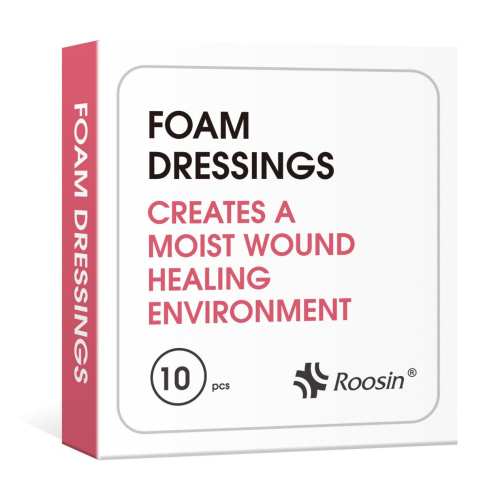
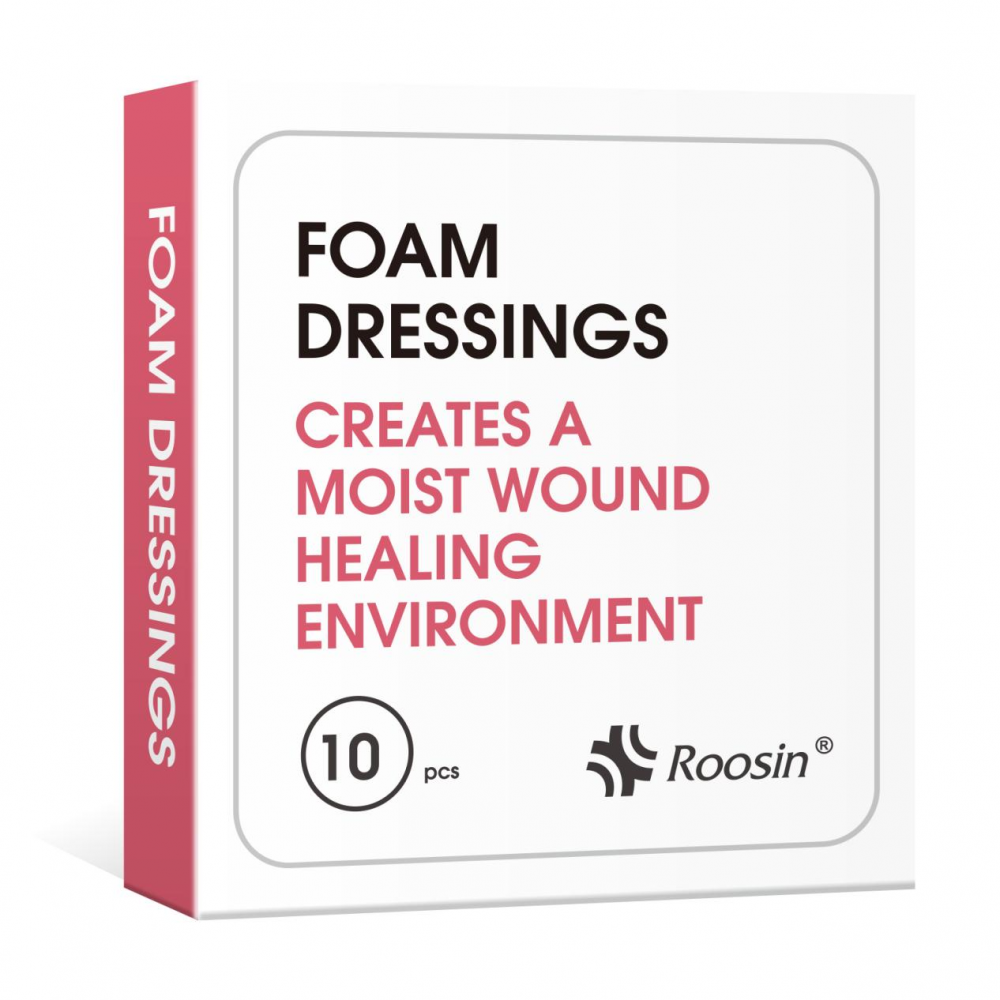



Payment Type:T/T
Incoterm:FOB,EXW
Transportation:Ocean,Land,Air,Express
Port:Shanghai
Brand: Roosin
Place Of Origin: China
Medical Device Classification: Class Ii
Productivity: 30000 Piece/Pieces per
Transportation: Ocean,Land,Air,Express
Place of Origin: China
Supply Ability: 30000 Piece/Pieces per
Port: Shanghai
Payment Type: T/T
Incoterm: FOB,EXW
Product performance
Our wound dressing foam pad is a highly absorbent dressing made from hydrophilic polyurethane foam, ideally designed for heavily exuding wounds. The soft flexible foam absorbs large amount drainage, ensures patients comfort.Foam Dressing is a kind of disposable sterile product, soft texture, and high fluid uptake. The main function of components in polyurethane foam products can absorb a lot of wound infiltration of liquid, maintain a wet healing environment for the wound, promote wound healing, reduce secondary damage when changing.Non Adhesive Foam Dressing
Characteristic
Instructions for use
Indications
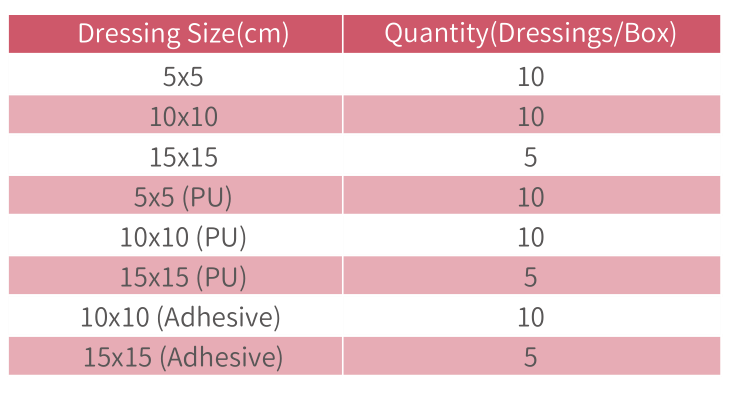
Specifications can be customized



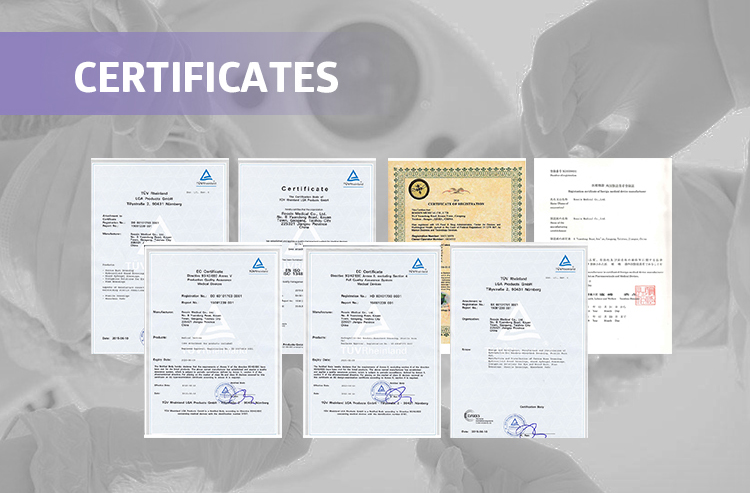
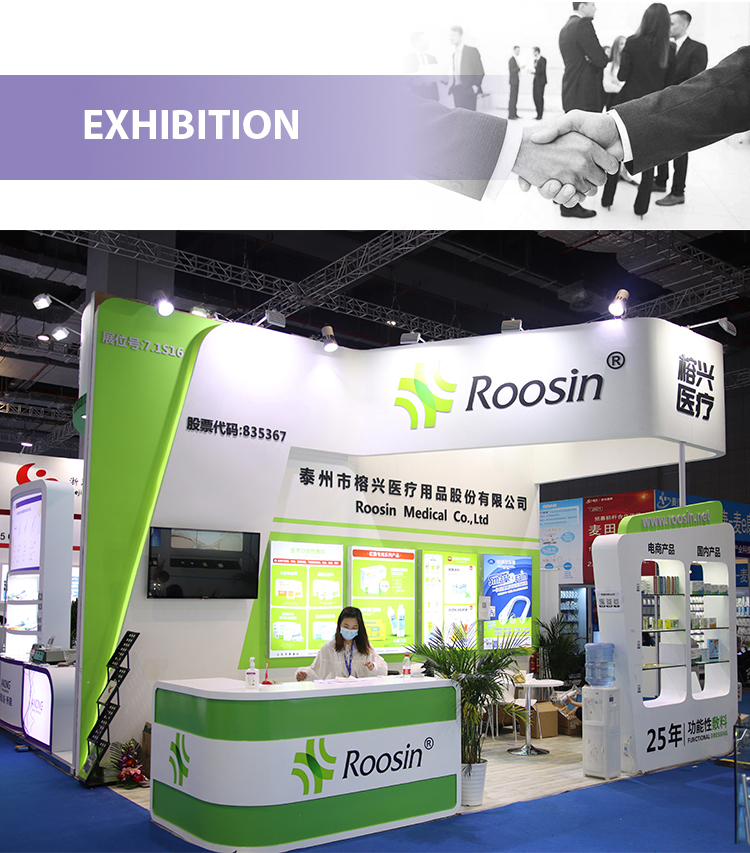


Privacy statement: Your privacy is very important to Us. Our company promises not to disclose your personal information to any external company with out your explicit permission.

Fill in more information so that we can get in touch with you faster
Privacy statement: Your privacy is very important to Us. Our company promises not to disclose your personal information to any external company with out your explicit permission.